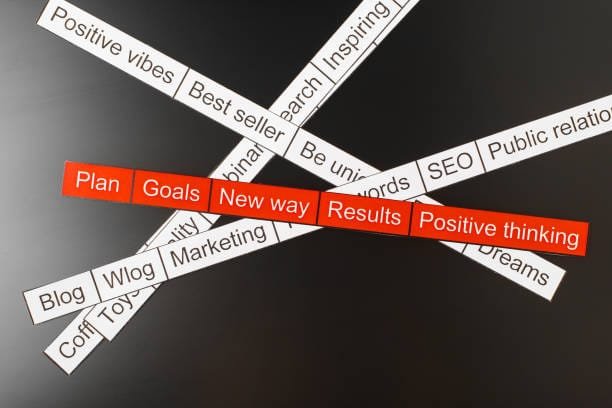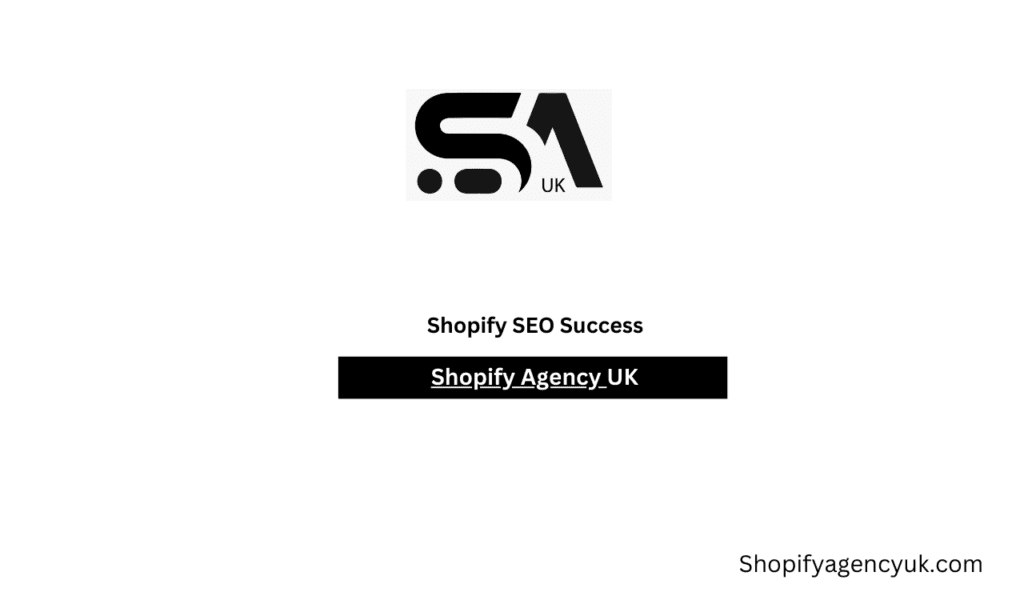In the e-commerce universe, Shopify SEO success is one of the variables that are dependent on certain factors, ones I have learned from experience. One of the most underrated aspects of the process is indeed the meta tags and descriptions. These terms appear briefly in search engine results and have a major impact on the amount of organic traffic obtained.
These last several years, my research and experimentation results, for example, show that a well-crafted meta tag or description can significantly increase the visibility, click-through rate (CTR), and traffic of a store on a search website.
In this post, I will analyses why tags and descriptions are important for Shopify SEO, explain how to formulate such texts properly, and how they are related to Google’s SEO updates, which in turn helps to enhance your store positioning and attracting more potential clients.
What Are Meta Tags and Descriptions in Shopify SEO?

Meta tags and descriptions refer to HTML elements that contain concise information about your website to the search engines. These elements do not become visible on the page itself but they are present in the HTML code and search engine results. Altogether, it is a brief overview and a general representation of a page’s content that totally shapes the look of your store on the search results pages.
- Title Tags (Meta Title): This is a clickable headline for a webpage in search engine results. The title should a be…und the pag… Other title tags s…alternative descriptions are as… Essaa that are inte…ert, or Che…x.
- Meta Descriptions: These are the bare descriptions of the article content (usually 150-160 characters) that are underneath a title tag in search results. Hence, t… end user be choosing your busi…tp://bu… Here are the descripti…tly-limited fields in our… the dis…nction functionality….
Both meta tags and descriptions are critical for your Shopify SEO success when you are able to properly focus the search visibility and organic traffic like SEO for Shopify Bradford.
The Importance of Meta Tags and Descriptions for Shopify SEO Success
Find the summary of the following parts of the text below:
- Improve CTR: A good title and a related concise description can be the reason to draw users to your website instead of the competition and this traffic is called organic. One of the most effective methods of increasing your CTR is this–creating attention-grabbing and compelling copy.
- Target Keywords: The use of meta tags which should contain relevant keywords is one way to allow search engines to better comprehend the content of a webpage. The better the alignment between what a page describes and a query, the higher the page will rank.
- Convey Brand Value: It also enables you to clarify your brand message of what sets it apart from others and direct those who may be interested in your offerings.
- Adherence to Google SEO Updates: Properly optimized meta tags and short paragraphs of text (descriptions) according to Google’s SEO best practices can drastically increase the possibility of your website moving to the top of the search engines when users look for your website in the search bar thus contributing to a long-term SEO success.
How to Craft Compelling Meta Tags for Shopify SEO Success
In conclusion, the title tags represent one of the most crucial elements of the Shopify SEO. The title should be as concise as possible and present the whole webpage topic in the best possible way. Consider the following steps when writing a title:
1. Keep Title Tags Short and Engaging
In general, a title tag is usually displayed by Google to be 50 to 60 characters long. Hence, making it very brief is a good idea. Be sure that the tag:
- So be discursive!(“Great Dogs” is too short, and the meaning is not clear. )
- Also, make sure that the tag is indeed talking about the very topic of the page, which in turn cuts down bounce rates.
- Show a strong selling point (“Free shipping on orders over $25” or a unique product feature) to the customers. Thus they have more reasons to click through.
As an example, if it’s a shop with eco-friendly skincare, the tag could be well-crafted brainstorming thus: “Eco-friendly Skincare Products-made of sustainble wahleshington-$10 (Make ‘organically produced’ and ‘organic materials’ t… Mushrooms.
2. Include Primary and Secondary Keywords
Some meta descriptions have more advanced ways of writing them. You should use primary and secondary keywords in the title tag, if they fit in naturally. Instead of using the same keywords every time, find ways to naturally use the different variations.
An alternative would be using the phrase, “Buy Running Shoes for Both Men & Women, Lightweight, and Durable.”
3. Use Branding in the Title Tag
One of the effective documents for selling your brand is the title tag as it includes your brand name. It can just work in an instant, especially when your name is Kalarz. Start your tag with the most imp…
For example: “Eco-Friendly Yoga Mats – Sustainable Fitness Gear | YourBrandName”
How to Create Meta Descriptions That Drive Shopify SEO Success
Meta descriptions are the first line of text that users’ eyes come across. They are summaries of content that are given out in search results which can also be used as the opening information line for a page that pops out for a site.
1. Make Descriptions Concise and Actionable
The meta description should be brief yet compelling enough to attract users to have a look at the content. Since Google usually shows only the first 150-160 characters of descriptions, you have a very limited space to convey your message.
- Call-To-Action: Aa wpooey- ars be!
- Be Specific: One of the most important elements of a successful meta tag is the USP.
Some proposed utopia could stir the imagination: “Behold how the new green we call will take over our city streets and become the front runner.
2. Focus on Customer Benefits

The best way to write meta descriptions is to concentrate on the potential solutions and benefits that your product can offer, rather than only its features. How it can solve a problem or what benefits are provided are crucial aspects to be discussed.
Let’s say instead, the sentence reads as: “A collection of shoes with high-quality arch support is available through an online store.” In this case, the feature of the shoe is emphasized in the meta description, while the next makes the pitch.
3. Include Keywords, But Keep It Natural
While meta descriptions do not directly influence the rankings of pages, instead, they can hugely affect the CTR which subsequently is significant for rankings. Ensure that, though keyword density must be kept low, your primary keyword(s) are well incorporated in the description in a logical, natural manner. Keep the flow of the text smooth and make it sound like a natural sentence.
For example: “Browse our page focusing on organic products such as moisturizers, serums, and cleansers. Enhance your skin natural way. Hurry up and use this code: “free10fl
Aligning Meta Tags and Descriptions with Google’s SEO Updates
Google constantly updates its ranking algorithms to reflect trends in user behavior, keep up with this shift or you can be left behind. These are the best practices designed according to recent Google SEO updates:
1. Mobile-First Indexing
Since Google has decided that it would mostly be the mobile version that would be indexed, it is obligatory to optimize your page for mobile devices to be fully effective. Be more precise when expressing yourself and make users feel involved, i.e., desire to continue the conversation.
2. Focus on User Intent
Due to Google’s algorithm, which is more focused on understanding the user’s intent, the tags and descriptions that we create should be in agreement with the user’s intent/purpose. In order to do this kind of identification, you might have to research the most popular user’s requests and adjust your tags and descriptions according to these ideas.
For example, a smart way of bringing more conversions can be writing like this: “None else but our vegan shtimport has…” This indicates to search engines that your page is in response to the query “best vegan skincare for sensitive skin” and as such, this will be the title in the search results as well.
3. Avoid Duplicates
One major deterrent to successful SEO practices is the use of identical meta tags and descriptions on different URLs. Pages linked to your Shopify store should have unique, SEO-wise, meta tags and descriptions matching their topic. This really helps with the diversion of users by creating clear, concise tags and descriptions.
Testing and Optimizing Meta Tags for Shopify SEO Success
The optimization of meta tags or descriptions, as a process, can’t be thought of as a one-time job. To reach your Shopify SEO success, you also need to be testing and optimizing them consistently. Generate and test various iterations of your tags and descriptions and then simply analyze based on performance data derived from tools like Google Search Console, SEMrush, or Ahrefs.
- A/B Testing: Create a number of different variations and test them to see which one has the highest CTR.
- Analyze Competitors: Find out what the top rivals are doing in this respect and adapt your actions according to their strategy. You may also check what others are doing and follow their tactics.
Conclusion
Crafting compelling meta tags and descriptions is integral to Shopify SEO success. By aligning your focus on keyword optimization, delivering a clear value proposition, and adapting your strategy to Google’s updates, you can achieve a huge success in organic traffic and thus the overall performance of your store.
Keep in mind, however, that such concise but still very meaningful pieces of data are the ones that will make users click on your Shopify store in the search results, constituting thus an inevitable part of your overall SEO strategy.
